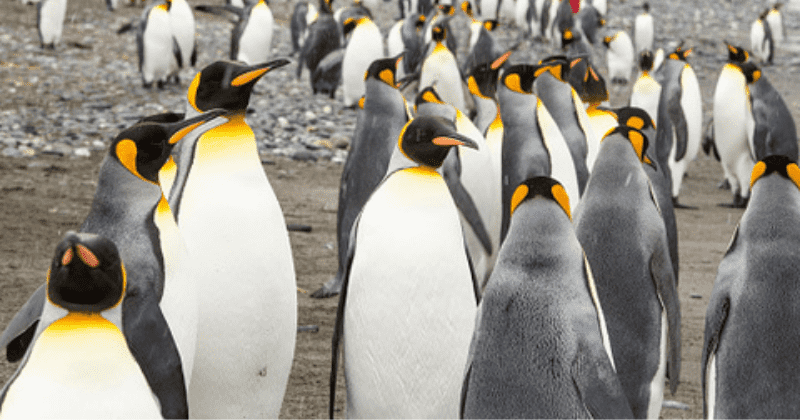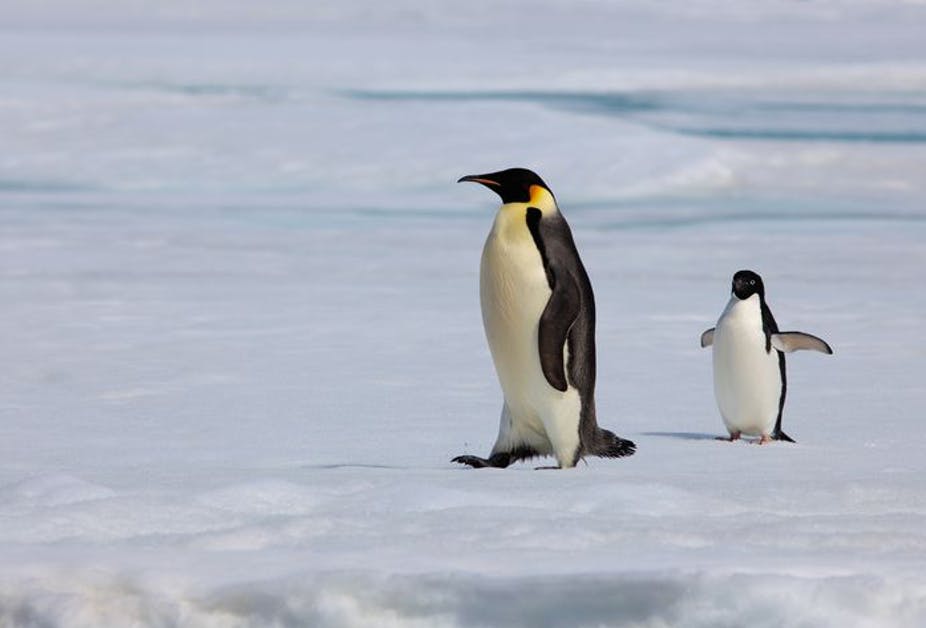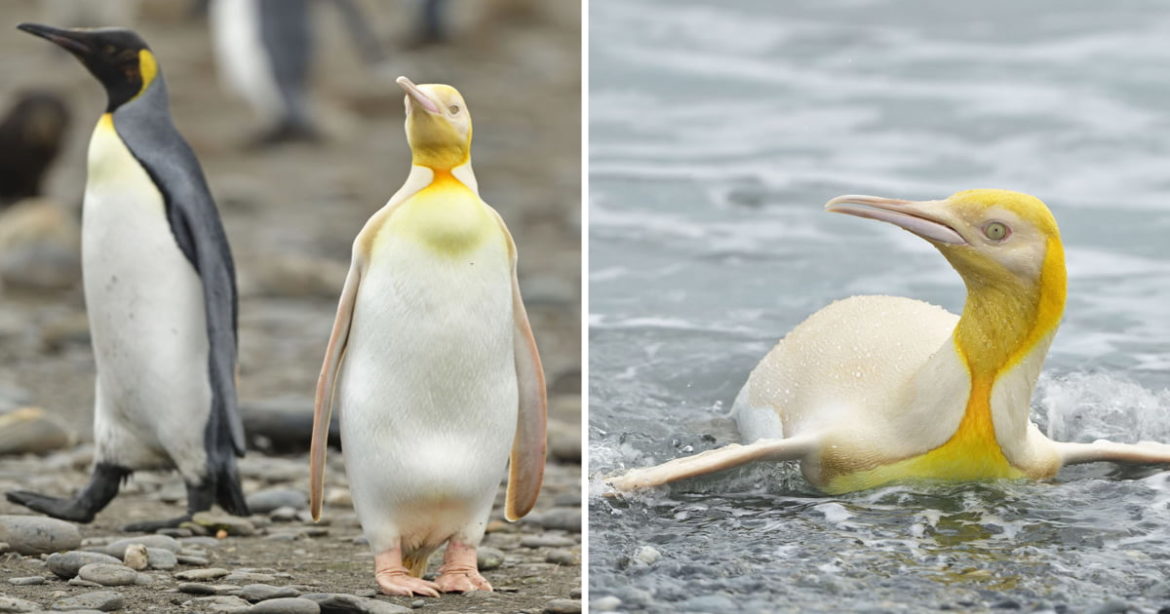The yellow penguin has leucism, meaning its feathers do not contain melanin needed to produce black pigment
:focal(594x254:595x255)/https://public-media.si-cdn.com/filer/5d/38/5d383826-452c-4895-a0d4-804aa3101df5/penguin.jpg)
The following written content from Elizabeth Gamillo
In December 2019, photographer Yves Adams embarked on a two-month photography expedition in South Georgia, but he didn’t have to wait long to capture the shot of a lifetime. While unpacking safety equipment, Adams spotted penguins swimming toward the shore and grabbed his camera.
“One of the birds looked really strange, and when I looked closer, it was yellow,” Adams tells Jane Dalton for the Independent. “We all went crazy when we realized. We dropped all the safety equipment and grabbed our cameras.”An error has occurred, please try again laterError code 200
The rare, yellow-colored penguin was one among a colony of 120,000 king penguins (Aptenodytes patagonicus) living on the remote South Georgia Island, reports Yasemin Saplakoglu for Live Science.
King penguins usually have both black and white feathers with a slight tinge of yellow along their neck, giving them their signature tuxedo look. The yellow penguin is entirely void of all melanin and instead sports a sunny coat. Adams attributes the unusual coloring to leucism, a condition where melanin is only partially lost and some parts of the penguin’s body retain color, reports Live Science. Leucism can affect a few feathers in a penguin’s coat or its entire

The penguin’s yellow plumage fascinates researchers and many have debated what caused the odd tint. Dee Boersma, a conservation biologist who was not part of the expedition, agrees with Adams and told Live Science that the penguin lacks some pigment, so it most likely is leucistic and not albino. Kevin McGraw, an integrative behavioral ecologist at Arizona State University, also not part of the expedition, disagrees and says additional analysis of the penguin’s plumage is needed to know for sure.
“It does look albino from the perspective that it lacks all melanin. We’d need feather samples for biochemical testing if we aimed to unequivocally document,” McGraw tells to Live Science.
While the lemon-colored penguin is striking, it is not the first time an odd-colored penguin has been photographed.
In March 2019, another distinctive king penguin was spotted and photographed by Jeff Mauritzen while on an expedition at St. Andrews Bay in South Georgia island, reports Douglas Main for National Geographic. Instead of sporting its black color, the penguin’s unique plumage was light brown. The odd hue may have occurred from a rare genetic mutation to a recessive gene responsible for producing black, grey, and brown feathers, ornithologist Hein Van Grouw told National Geographic. The mutation causes the feathers to be susceptible to sunlight, and in-turn, bleaches the feathers a lighter color.

In 2012, a chinstrap penguin was spotted in Antarctica with light-colored feathers compared to its fellow penguin colony. Researchers suspected a mutation to the gene responsible for melanin caused this strange coloration as well, reports the Independent.
The way penguins evolved to have bright yellow feather patterns naturally has been thoroughly investigated as well. A 2013 study analyzed yellow feathers from king penguins and macaroni penguins. The researchers found that the coloring is unique penguins, caused by a chemical they dubbed spheniscin. In other species of yellow birds like canaries, the golden hue is supplemented by carotenoids in their diets, but penguins seem to synthesize the color internally. Read more from Smithsonian





